The study led by Griffith University highlighted the depth of Australia’s technical capability, and the key opportunities to scale manufacturing, foster innovation, and connect a growing network of battery pack and component manufacturers.
Lead author from the Department of Management Associate Professor Nagesh Shukla said Australia had a strategic advantage in battery component manufacturing and could control several segments of battery supply chain.
“The report showed considerable opportunities for Australia to capture and add value in several segments of the battery component supply chain,” Associate Professor Shukla said.
“Australia had a relative advantage in producing flow batteries for stationery storage and assembling lithium-ion batteries for niche applications, compared to the highly competitive electric vehicles market.”
“Opportunities for Australian businesses to integrate into the global battery supply chain spanned across the entire value chain, and encompassed areas such as critical minerals refining and processing, active materials manufacturing, and battery pack assembly.”
As Australia moved toward electrification of the energy network, the report provided momentum for national and local government strategies to increase local supply and access to batteries.
Chief Executive Officer of the Advanced Materials and Battery Council (AMBC) Quentin Hill said the opportunity to value-add to our critical minerals with battery grade processing was clear and present.
“This report highlights we can, and are, moving to build the battery systems and components to develop our local supply chains around imported cells,” Hill said.
“With the right investment in technology infrastructure, coordination and local content support, we can secure a strong sovereign manufacturing base that drives local content in lithium batteries and builds the manufacturing base to enable near full supply chain capability for flow batteries and next generation cell and battery manufacturing.”
The report, Battery Component Manufacturing in Australia: An extended Analysis and Evaluation of the Current Status, Potential Opportunities and Key Challenges’also included contributors from the University of Wollongong, Industry Capacity Network Queensland, Advanced Materials and Battery Council, University of Southern Queensland, and QUT.

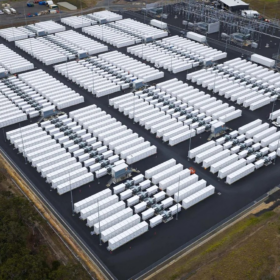
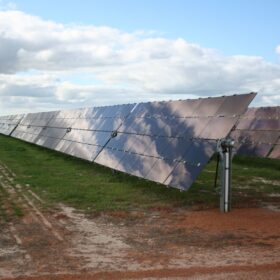
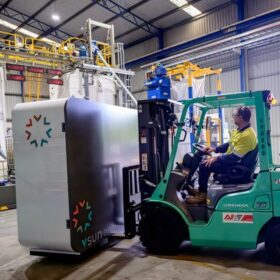
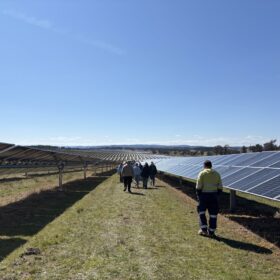
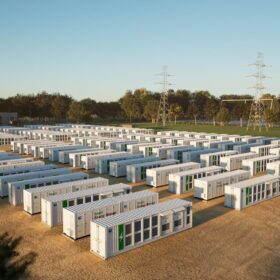
By submitting this form you agree to pv magazine using your data for the purposes of publishing your comment.
Your personal data will only be disclosed or otherwise transmitted to third parties for the purposes of spam filtering or if this is necessary for technical maintenance of the website. Any other transfer to third parties will not take place unless this is justified on the basis of applicable data protection regulations or if pv magazine is legally obliged to do so.
You may revoke this consent at any time with effect for the future, in which case your personal data will be deleted immediately. Otherwise, your data will be deleted if pv magazine has processed your request or the purpose of data storage is fulfilled.
Further information on data privacy can be found in our Data Protection Policy.